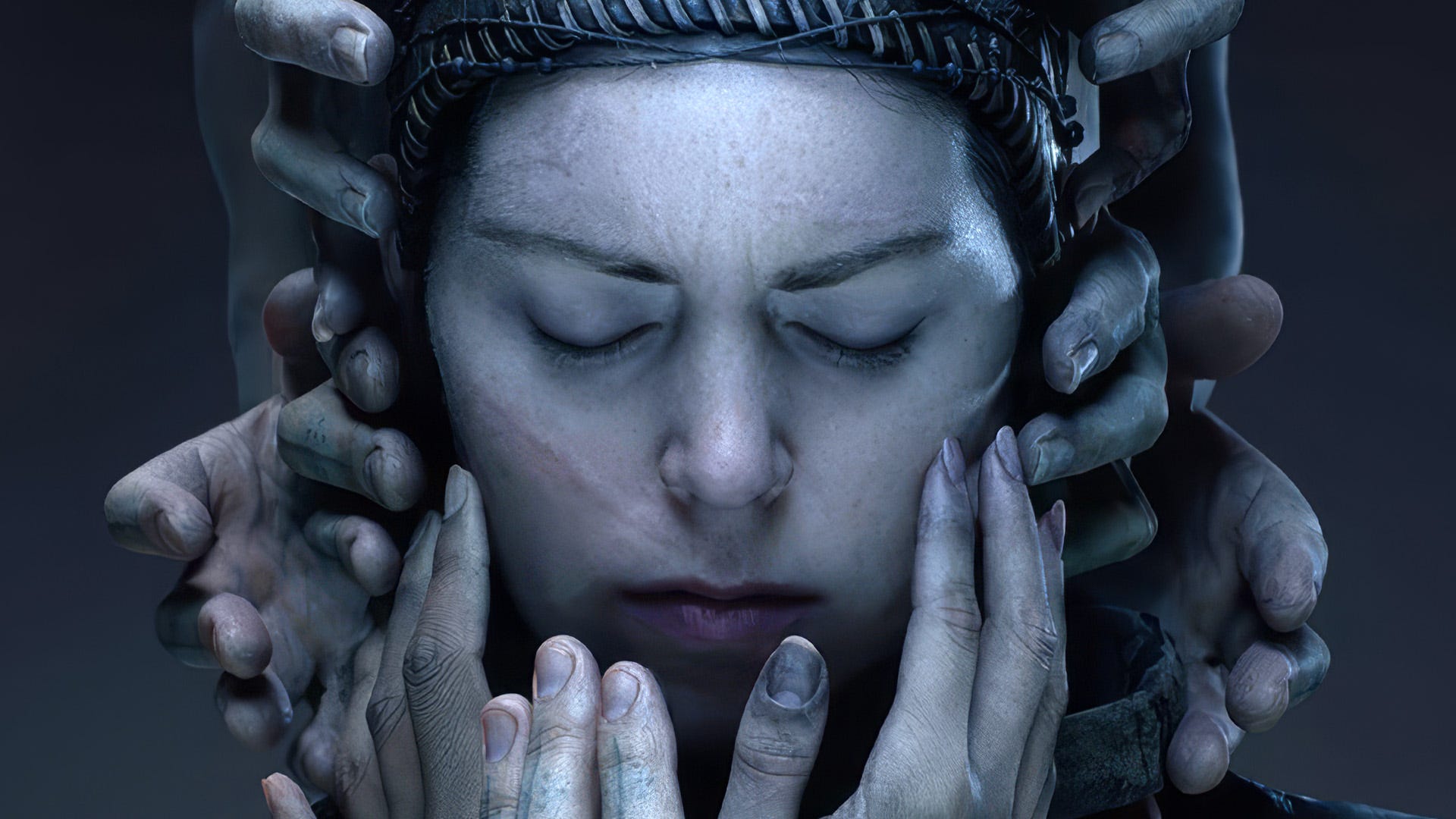Doom and Doom 2: are Nightdive's latest remasters the definitive editions?

For many, scaling Mount Everest has stood as the ultimate challenge of one's strength and endurance. An achievement of a lifetime. For long-time Doom players, however, there is an equivalent: NUTS.WAD. Legend has it that NUTS.WAD descended upon Doom players in the year 2001: a map from the future in which players are dropped into a single map with more than 10,000 enemies and a handful of power-ups. And now - for the first time ever - it's playable on a games console.
I'm half-joking, of course, but the ability to load in any Doom mod is just one great feature found in the latest version of Doom and Doom 2. Helmed by Nightdive in cooperation with id Software and Machine Games, this new version is worth looking at as it is the most feature rich, best-performing version of Doom on consoles. It's available on PC, PS5, Xbox Series consoles, Switch and even last-gen PS4 and Xbox hardware. The game was transitioned over to Nightdive's KEX engine and brings with it a vast array of enhancements - 120fps support on consoles, 16-player multiplayer including co-op, and a new soundtrack from the legendary Andrew Hulshult.
But it was the mod support that was my first destination and with it, the chance to see how Nightdive's work would cope with the NUTS.WAD challenge. This pushes beyond the limits of what Doom engine was intended to handle and now we can test it on console and the results are interesting. Before we go on, it's worth stressing that all current-gen machines can handle 4K gaming at 120fps - and yes, that includes Series S. The engine is optimised and fast - all the included content and every map I tested runs like greased lightning. I wanted to raise this caveat because the challenge of NUTS.WAD is so extreme and cruel that I don't want people to get the wrong idea. The fact that you can run NUTS.WAD at all is cause for celebration!







